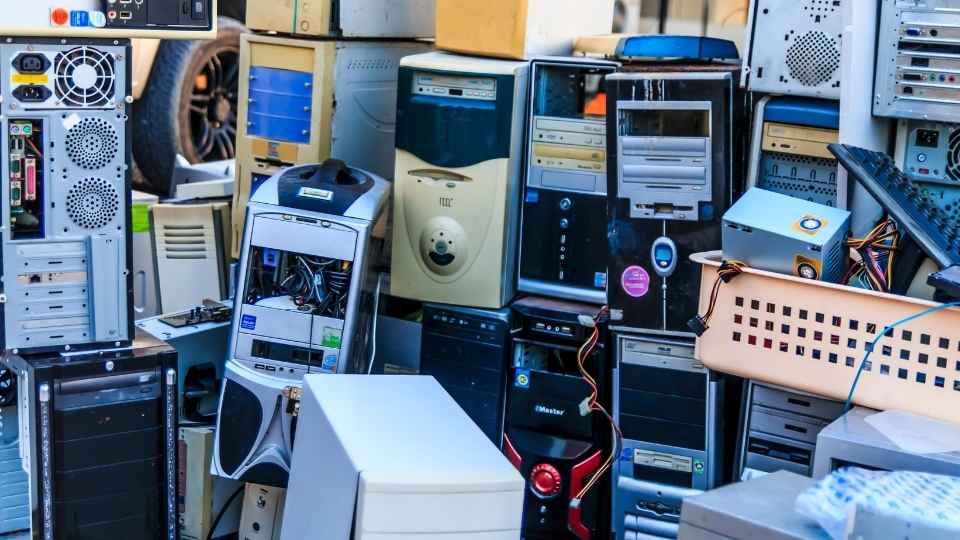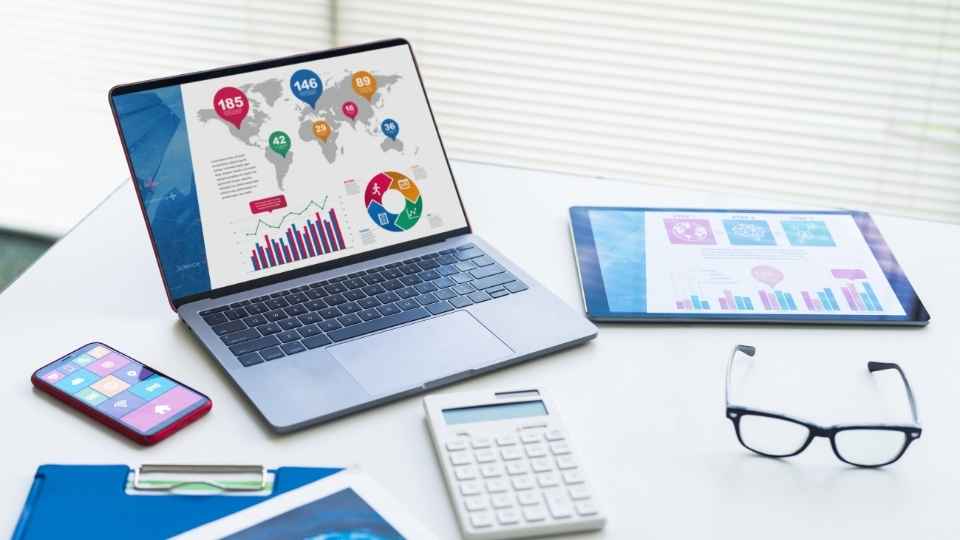
In today's rapidly evolving technological landscape, it is crucial for electronics educators to employ innovative teaching methods that inspire and engage the next generation of learners.
Imagine a classroom where students are not only taught theoretical concepts but also actively involved in hands-on experiments, fostering their creativity and problem-solving skills.
By utilizing cutting-edge technology and digital tools, educators can create captivating lessons that empower students to explore the world of electronics through collaborative and project-based learning.
In this article, we will delve into the strategies employed by successful electronics educators to ignite passion and curiosity among their students.
Key Takeaways
- Engage and inspire students
- Facilitate a deeper understanding of the subject matter
- Foster creativity, problem-solving skills, and critical thinking
- Utilize technology and digital tools for interactive and engaging lessons
The Importance of Innovative Teaching Methods in Electronics Education
Innovative teaching methods play a crucial role in electronics education, as they not only engage and inspire students but also facilitate a deeper understanding of the subject matter. With advancements in technology and the ever-evolving nature of the electronics industry, it is essential for educators to adopt innovative approaches that reflect real-world scenarios.
By incorporating interactive lectures, multimedia presentations, and virtual simulations, students are able to grasp complex concepts more effectively. These methods encourage critical thinking, problem-solving skills, and creativity among students.
Furthermore, innovative teaching methods promote active learning by allowing students to explore topics at their own pace and in their preferred learning style.

As we delve into the subsequent section on incorporating hands-on learning in electronics curriculum, we will explore how these methods complement each other to create a comprehensive educational experience for aspiring electronic engineers.
Incorporating Hands-On Learning in Electronics Curriculum
By incorporating hands-on learning activities into the curriculum, students can develop a deeper understanding of electronics and apply theoretical knowledge to real-world scenarios. This approach not only enhances their technical skills but also instills a sense of freedom and creativity in their learning journey.
Here are three ways hands-on learning can evoke an emotional response in students:
Excitement: Engaging students in practical experiments and projects can create a sense of excitement as they witness the concepts come to life.
Empowerment: Hands-on activities give students the freedom to explore, experiment, and make mistakes while building confidence in their abilities.
Inspiration: Real-world applications inspire students by showing them how their knowledge can be applied to solve practical problems.
Through hands-on learning experiences, educators have the power to ignite passion and curiosity within the next generation of electronics enthusiasts, empowering them to pursue innovative paths with boundless opportunities for personal growth.

Fostering Creativity and Problem-Solving Skills in Electronics Education
Fostering creativity and problem-solving skills in electronics education requires creating an environment that encourages students to think critically and explore alternative solutions. In order to cultivate these essential skills, educators must provide opportunities for hands-on experimentation, collaboration, and open-ended projects. By incorporating project-based learning into the curriculum, students are encouraged to actively engage with the material and apply their knowledge to real-world scenarios.
One effective method is to design open-ended assignments that allow students to come up with multiple solutions instead of a single correct answer. This approach encourages independent thinking and nurtures creativity by challenging students to think outside the box. Additionally, encouraging peer collaboration through group projects fosters teamwork and communication skills while providing different perspectives on problem-solving.
Moreover, integrating technology tools such as simulation software or microcontrollers empowers students to experiment with circuits, test hypotheses, and troubleshoot issues in a safe virtual environment. These tools enable learners to explore complex concepts with ease, encouraging curiosity and innovation.
Overall, fostering creativity and problem-solving skills in electronics education involves creating an inclusive environment that allows freedom of thought and exploration. By implementing hands-on activities, promoting collaboration among peers, and utilizing technology tools effectively, educators can inspire the next generation of innovative thinkers in the field of electronics.
Utilizing technology and digital tools enhances the engagement and interactivity of electronics lessons, providing students with a dynamic learning experience. By integrating these resources into the classroom, educators can captivate students' attention and foster their interest in electronics. Here are three ways in which technology and digital tools evoke an emotional response:
Interactive simulations: Students can explore complex electronic circuits through virtual simulations, allowing them to experiment without fear of failure. This creates a sense of curiosity and excitement as they witness real-time results.
Virtual reality: Immersive experiences using virtual reality headsets enable students to visualize concepts in three-dimensional space, making abstract ideas more tangible. This evokes a sense of wonder and amazement.

Online collaboration: Digital platforms facilitate communication and collaboration among students from different locations, fostering a sense of connection, belonging, and freedom to express ideas.
Empowering Students Through Collaborative and Project-Based Learning in Electronics
Collaborative and project-based learning in electronics empowers students to actively engage with the subject matter, fostering critical thinking and problem-solving skills. By working together on projects, students have the opportunity to apply their theoretical knowledge and develop practical skills in a real-world context. This approach encourages creativity, innovation, and collaboration among students, as they work towards a common goal.
Through hands-on activities and group discussions, students not only gain a deeper understanding of the concepts but also learn from each other's perspectives and experiences. They are able to explore different approaches to problem-solving and learn how to communicate their ideas effectively.
Moreover, collaborative learning promotes independence and self-directed learning as students take ownership of their projects. Overall, this teaching method instills confidence in students, preparing them for future endeavors in electronics or any other field requiring critical thinking and teamwork.
Frequently Asked Questions
How Can Innovative Teaching Methods in Electronics Education Benefit Students' Future Careers?
Innovative teaching methods in electronics education can benefit students' future careers by equipping them with practical skills, problem-solving abilities, and critical thinking. These methods foster creativity, adaptability, and a strong foundation in the field, enabling students to excel in their professional endeavors.
What Are Some Effective Strategies for Incorporating Hands-On Learning in the Electronics Curriculum?
Effective strategies for incorporating hands-on learning in the electronics curriculum include project-based assignments, laboratory experiments, simulations, and collaborative group work. These methods enhance student engagement, critical thinking skills, and practical application of knowledge in real-world scenarios.
How Can Educators Foster Creativity and Problem-Solving Skills in Electronics Education?
Educators can foster creativity and problem-solving skills in electronics education by providing open-ended project opportunities, encouraging experimentation, promoting collaboration, and integrating real-world applications. These strategies empower students to think critically and develop innovative solutions.

There are a variety of digital tools and technologies available to engage students in electronics lessons. These include simulation software, interactive online platforms, virtual reality applications, and programmable microcontrollers.
How Does Collaborative and Project-Based Learning Empower Students in the Field of Electronics?
Collaborative and project-based learning empowers students in electronics by fostering teamwork, problem-solving skills, and real-world application. It encourages active participation, creativity, and critical thinking, enabling students to develop a deeper understanding of concepts and gain practical experience in the field.
 Basic Electronics ConceptsEssential ToolsCircuit Design BasicsMicrocontrollersDIY Electronics ProjectsRoboticsPrivacy PolicyTerms And Conditions
Basic Electronics ConceptsEssential ToolsCircuit Design BasicsMicrocontrollersDIY Electronics ProjectsRoboticsPrivacy PolicyTerms And Conditions
